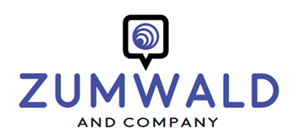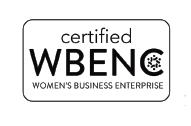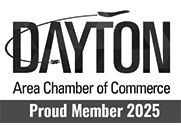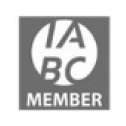Can a panel discussion change the way people think or behave?
Last week a fellow speechwriter called for some advice: Her potential client, a professional speaker, needed a new “generic” speech and was asking for a proposal. My fellow speechwriter was concerned because no specific audience had been defined, and how in the world could she write to a nameless, faceless bunch?
 First, I told her that in my book, there’s no such thing as a generic speech for a generic audience; instead, what her client was really seeking was a signature speech – a very clear stand with a very clear message that she could adapt for different audiences. After all, speechwriting is not a “one size fits all” venture, I told her.
First, I told her that in my book, there’s no such thing as a generic speech for a generic audience; instead, what her client was really seeking was a signature speech – a very clear stand with a very clear message that she could adapt for different audiences. After all, speechwriting is not a “one size fits all” venture, I told her.
I encouraged my colleague to push her client for some audience types that she would surely target, and begin with that end in mind.
“One thing I know for sure,” I told her. “The speech you write for your client ultimately needs to change the way her audience thinks or behaves.”
That’s true for signature speeches. But what about informal panel discussions?
When listening to a panel of experts, we typically hear a diverse mix of opinions and viewpoints that are simply “nice to know.” The best panels, when moderated well, can indeed be fascinating.
But can a panel discussion do more?
Does a savvy panelist have the potential to change the way people think or behave?
Allow me to recount my experience at a panel discussion this week – and then you decide.
I’ve often been told that the best conversations happen after the formal meeting ends. That was true last Thursday after the Dayton Business Journal’s Economic Summit concluded around 9:15 a.m. at Sinclair Conference Center in downtown Dayton, Ohio.
As our region’s business leaders filed out of the Great Hall, seemingly pleased with the evidence that Dayton’s economy would see continued growth in 2018, I hung around and caught up with one of the panelists, Julie Sullivan, vice president of development for the Dayton Development Coalition and a colleague of mine.
As a speechwriter and speech coach, I told Julie I applauded her call to action: Be “willing to collaborate and partner,” she’d told business leaders attending the summit. “Be open and get engaged and be part of the growth.”
Tackling the problem of illiteracy in our region, I told Julie, would be a concrete way for business leaders to not only get engaged to drive even more growth but also address the workforce shortage she’d deemed “a critically important issue for the near and long term.”
I went on to tell her about the work being done by the Brunner Literacy Center in Dayton, where I’m a volunteer tutor for Eric each week.
For more than a year, I’ve seen Eric – who’s just a few years younger than me and “low literate” – go from an unassured, part-time warehouse worker who was clearly anxious about his reading skills, to a more confident, full-time supervisor for his employer. Eric’s goal: to earn his GED.
Each week on his day off, Eric catches an RTA bus and dutifully shows up to meet me at the literacy center in northwest Dayton, eager to tackle another spelling list, another grammar challenge, another writing assignment, another set of stories to bolster his ability to read, comprehend and think more critically – skills most people at Thursday’s economic summit likely take for granted.
“Adult learners are some of the most motivated, hardworking people you could ever meet,” said Bridget Shingleton of the literacy center in her TEDxDayton talk last October.
As Eric’s tutor, I’ve witnessed this myself. Aren’t those just the kind of people we need to build a stronger workforce and more capacity for current and future employers in our region?
Imagine if even half of that roomful of business leaders from the summit last Thursday chose to get engaged as volunteer tutors with the Brunner Literacy Center for just 90 minutes a week.
A lunch hour.
Where would the Dayton region be in one year?
Three years?
Five years?
In case you think illiteracy is only an issue in the Dayton region, think again.
In fact, 20 percent of the U.S. population reads at a fifth-grade level or below – “a national crisis,” proclaimed Bridget in her TEDxDayton talk. “Illiteracy is a largely invisible issue, a dark undercurrent to our society that affects nearly everything – from crime, to poverty, to health and more.”
The question is this:
What are we – as business leaders being called to “get engaged” in our region – going to do about it?

















